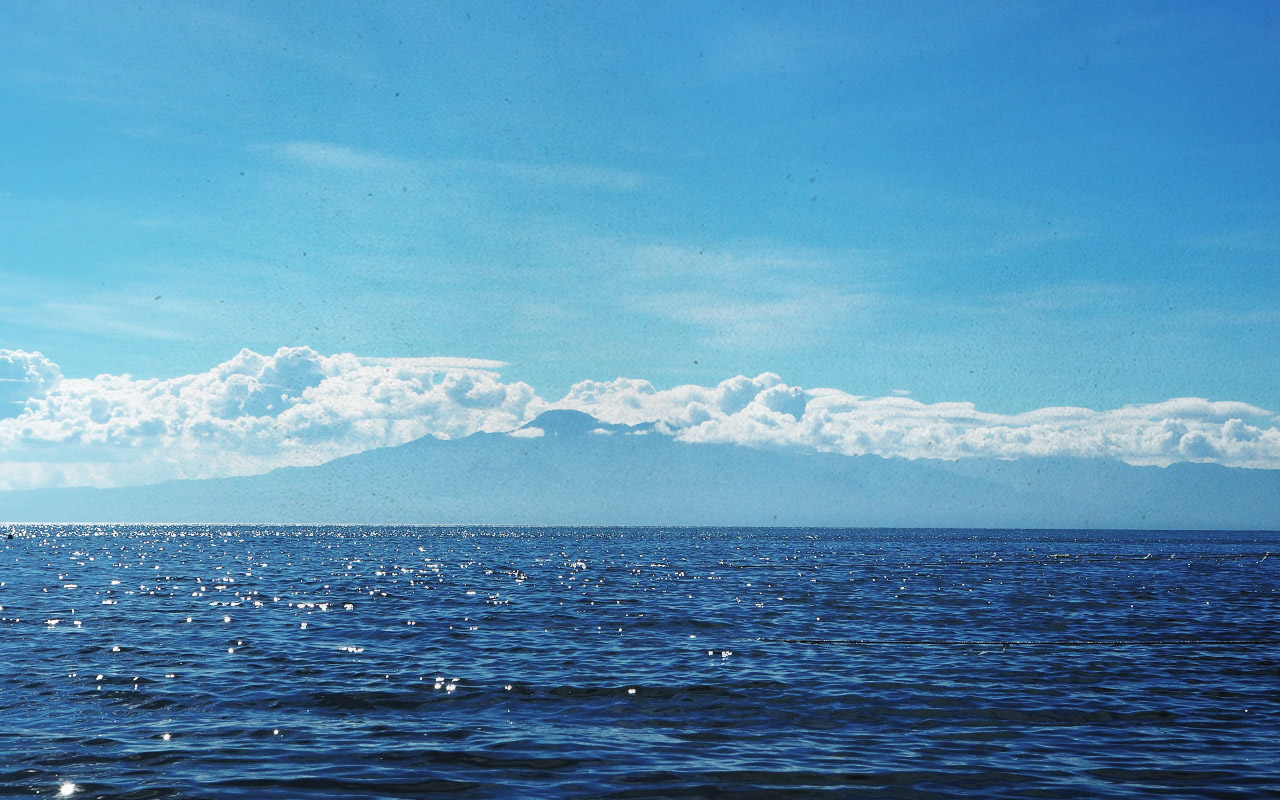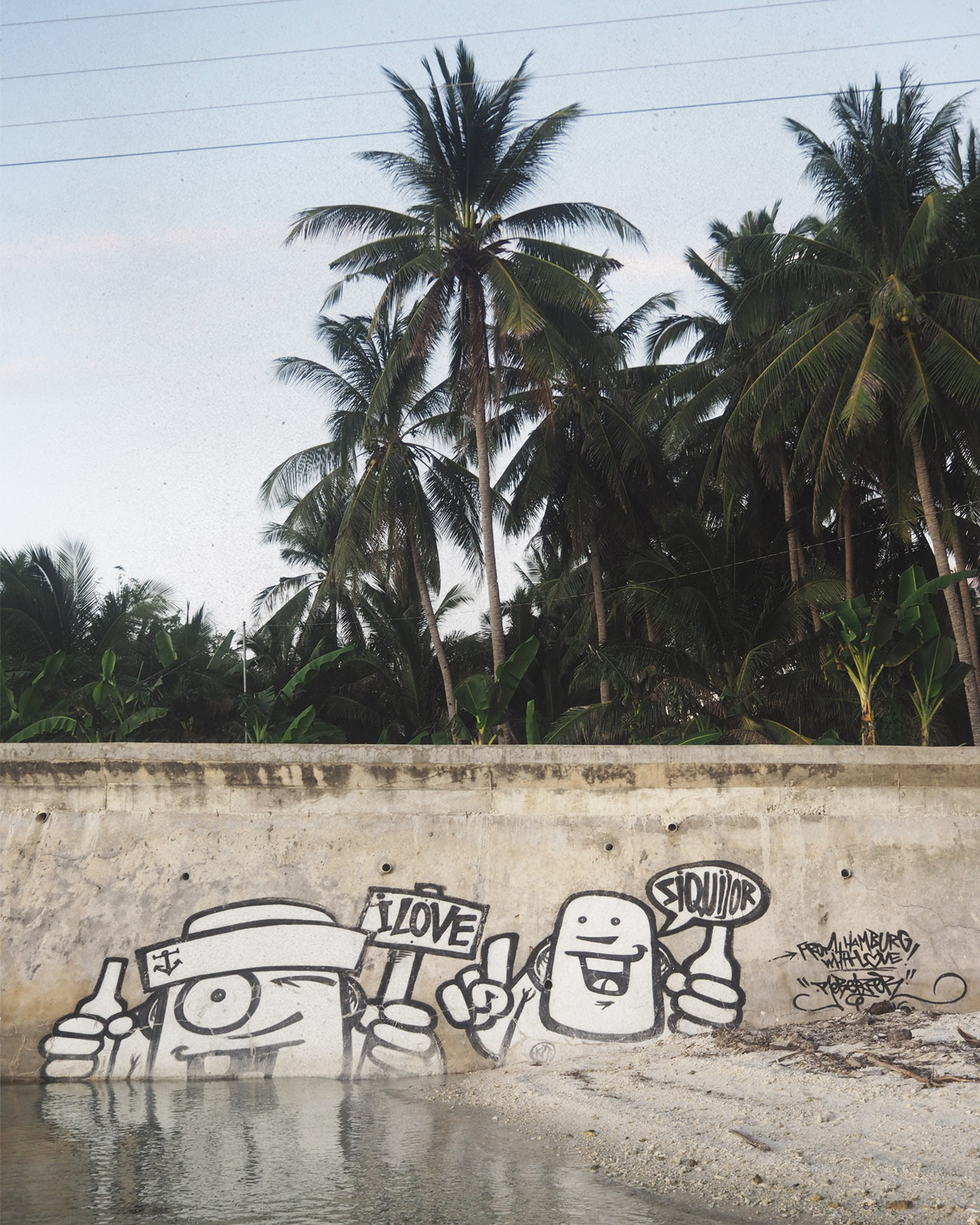This was especially true during the first few days we spent on Negros. We flew into Bacolod from Hanoi and traveled to Dauin for a workaway gig at a local dive center. The place sounded fantastic. It was founded by an American guy who wanted the locals to learn about environmentalism and acquire the skills necessary to make a living as a dive guide and or instructor. He financed the whole thing by inviting Westerners to Dauin and charging them reduced prices for dives and certificates if they were willing to help out around his shop. Unfortunately the place didn't meet the expectations. Not at all.
The living conditions that the guy had described as "rough" turned out to be unbearable at best. In more than ten months on the road we hadn't seen an accommodation that was equally tiny and overcrowded (10 people were sleeping on bunk beds on less than 8m2 of space), equally crammed full of people's cloths and personal things (there was no space for the people's backpacks and belongings so everything was being tossed all over the place), equally gross and sticky (there were countless ants crawling through little piles of sand and garbage) and equally smelly (the toilet was built into the room, had probably never been cleaned and was only separated from the beds with a shower curtain). How the eight remaining volunteers, all of whom were brought up in Western civilizations, could live under circumstances that were noticeably worse than those in the poorest families' bamboo huts, will always be a mystery to us.
Needless to say, the next morning we grabbed our stuff and practically ran out of there. And once we had crossed the sea gate to Siquijor the Philippines finally started to keep their promises. The island was exactly what we expected. It gave us palm trees overlooking paper-white beaches, turquoise and crystal clear water, scooter rides through the lushest jungle imaginable and more than 12 hours of sunshine per day. Plus it was a little more touristy than Negros, which meant that there were restaurants and food joints catering to Western travelers' needs (i.e. they didn't only serve deep fried meat and sides). In fact, there was only one thing that didn't go entirely smooth: this local old man cut us off when we were riding our motorbike, I hit the breaks and our rear wheel slipped away. Luckily we were going slow at the time and thus only got a few minor scrapes when we fell on the side. Still, we couldn't go in the water on our last day. Disaster, right?










